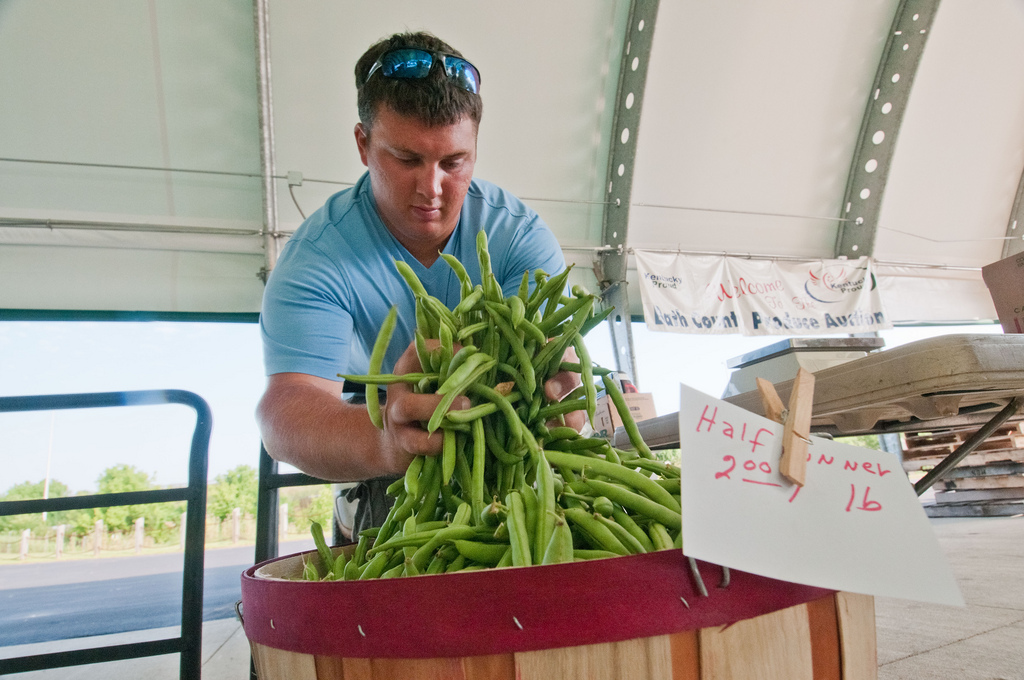On the 9th and 10th of June, I attended the Rural Grocery Summit in Manhattan, Kansas. The summit is a bi-annual meeting sponsored by the Rural Grocery Initiative, a service of Kansas State University. It is designed to draw anyone interested in food accessibility in rural areas. Attendees came from all over the country to attend the two days, listening to speakers and attending workshops. Those interested were financiers, grocery owners, food suppliers, extension agents, public health professionals, and community development professionals. It was also a chance for programs and participants to network finding ways to capitalize on other’s knowledge as well as building an intellectual network between those in academia and those in business.
An important concept most people are unaware of is a phenomenon known as a “food desert.” A food desert is an area either unserved or underserved with respect to accessible, healthy food choices. These deserts can be in rural areas due to the decline of local grocery stores, or they can be in urban areas where convenience stores are the only access points for people’s grocery needs. These issues are compounded when the population is aging or doesn’t have access to the transportation options required to travel to grocery stores.
Many grassroots groups are attempting to fill the gaps when a local, rural grocery store is closed, or when choices in rural areas are limited. They are linking farmers and gardeners to people desiring or needing healthy food options. Another initiative is reopening the store under the direction of a consortium of community stakeholders. I’ve written about one example in an earlier post.
One important tool I learned about at this summit was the Rural Grocery Tool Kit designed and maintained by the Rural Grocery Initiative. It is a series of links to information for those considering opening a rural grocery store. It categorizes the information into five areas: Assessing the Market, Getting Started, Legal Requirements and Licensing, Financing, and Marketing Your Business. Each link pulls together the websites of useful data. For example, a sample under the Assessing the Market tab is the American Community Survey, the USDA, and the FEAST Planning Manual.
The three legs of a stable community are Health, Sustainability, and Prosperousness. Without access to healthy, fresh food, our citizens can’t be reliable workforce, they’ll spend money on increased healthcare, the community won’t be active and vibrant, and it won’t attract new people to the city. I encourage you to take a look at the RGI website (http://www.ruralgrocery.org/resources/) and learn how best you can support food in your community.

